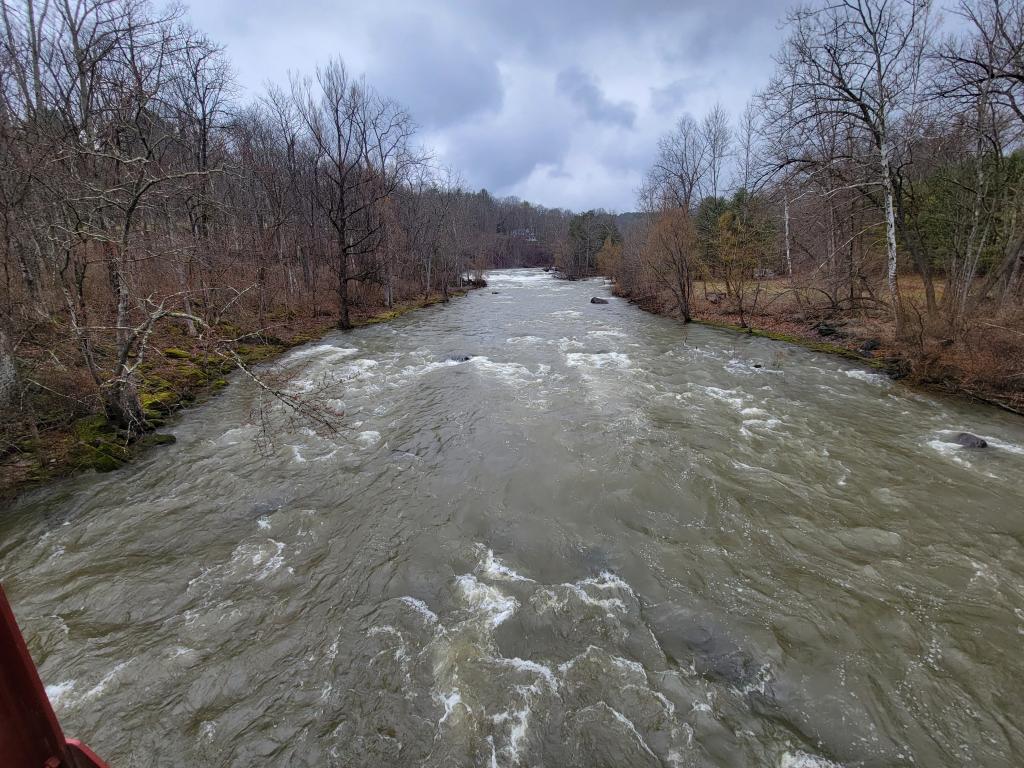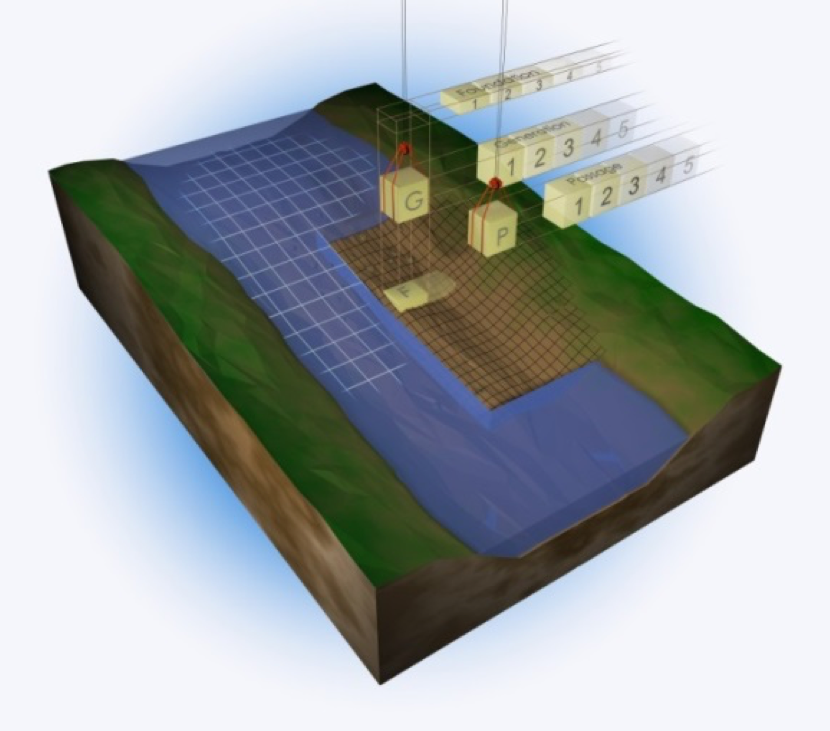
Overview/Objective
Although hydroelectric generation accounts for roughly 7% of US electricity consumption and is a major source of untapped energy generation in the country, development of new hydropower facilities has all but come to a standstill. Conventional hydropower development can no longer compete with other energy sources because of the cost of site-specific design and customized equipment and structures; the lengthy, costly licensing process; and evolving environmental constraints on design and operation.
Recent small hydropower development in the United States has been concentrated on powering currently unpowered water resource infrastructure such as non-powered dams (NPDs) and irrigation canals. This trend represents a significant break from traditional approaches focused on development at sites without existing structures. These new stream-reach development (NSD) opportunities form an overwhelming majority of the nation’s remaining hydropower resource potential. And most opportunities fall into the category of small hydropower (i.e., 10 MW or less of power potential).
The objective of the US Department of Energy’s Oak Ridge National Laboratory’s (ORNL’s) Standard Modular (SMH) Hydropower project is to rethink small hydropower development in the United States to make plants not only viable but also advantageous through development of standard modular hydropower SMH technology that is inexpensive and environmentally sustainable. The project’s main goals are to
- Standardize design, review, regulation, manufacturing, operations, maintenance, and other features to reduce site specificity and project costs;
- Envision the physical or virtual organization of hydropower facilities as modular structures that will deliver energy and environmental benefits at many different sites; and
- Site and develop hydropower facilities based on environmental compatibility that will minimize disturbances and/or improve the landscape and ecosystem health
The original project focused on concepts for NSD where no existing water infrastructure is present, and more recent efforts under the SMH project have focused on siting and design for NPDs. Both the NSD and NPD efforts have resulted in multiple publications and online tools.
In addition, researchers at ORNL are in active engagement with industry partners to advance SMH facility design concepts and low-head modular technologies to accelerate SMH deployment. These partnerships are available through DE-FOA-0001836, Topic Area 1, and DE-FOA-0002080, AOI 2a.

Results
The major outcome of this project will be a national-scale transformational approach to new hydropower development. ORNL is conducting studies that will produce templates and case study examples for the hydropower industry to implement in practice. Rather than physical module designs, the end product will be a stakeholder-validated framework, including criteria, models, design tools, testing facilities, and assessment protocols for specifying, designing, simulating, testing, and demonstrating the efficacy of SMH as an environmentally compatible, cost-optimized energy generation technology.
Impact
A recent US Department of Energy executive summit on hydropower research and development brought together more than 65 hydropower industry executives, government leaders, and technology researchers to discuss how companies can collaborate with labs to accelerate innovation and achieve bottom-line results. The session on technology advancement for hydropower highlighted the industry need for modularity, standardization, ecological design, and development that also enhance or improve the environmental conditions of a stream reach. This project will help industry navigate a new pathway for hydropower development by providing broadly accessible templates that outline comprehensive, validated strategies for developing SMH facilities under a variety of deployment scenarios.
For more information, visit https://smh.ornl.gov/
For related publications, visit https://smh.ornl.gov/publications/







